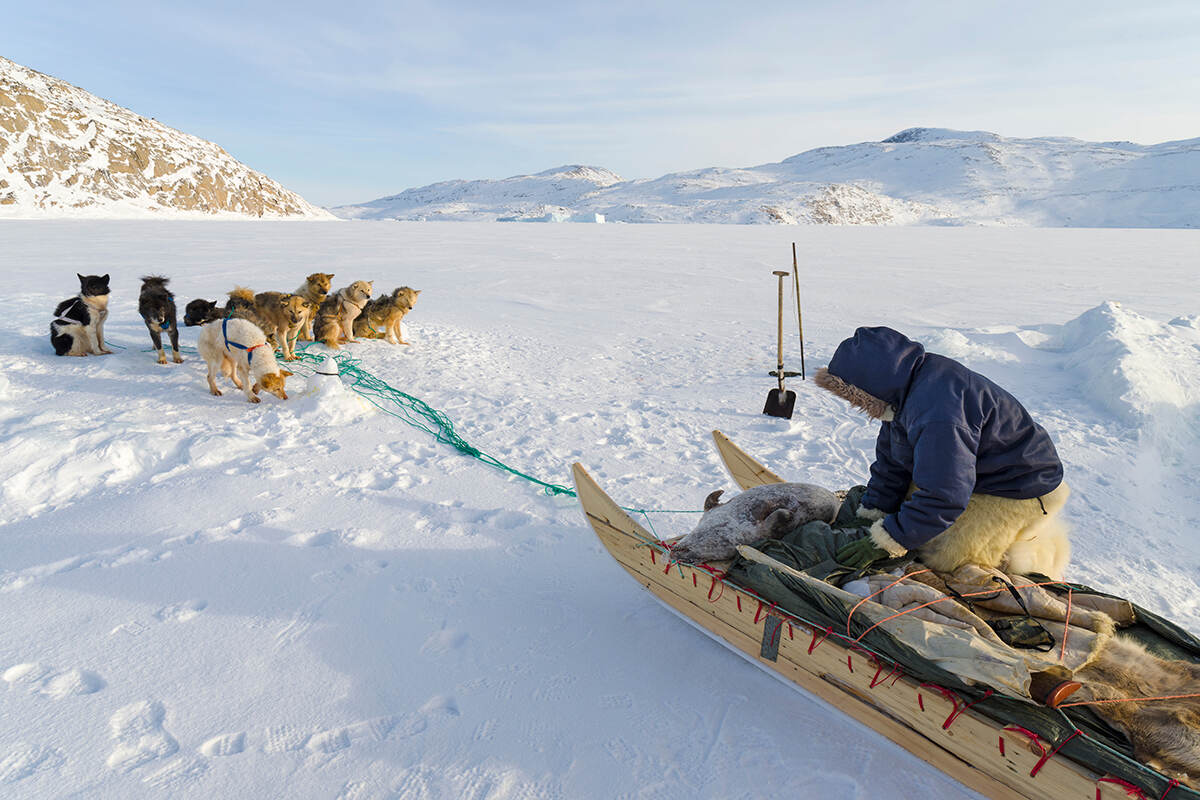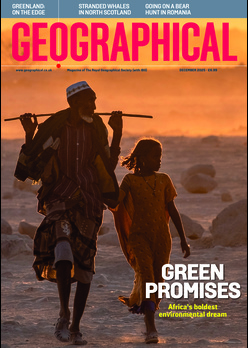
EAS Cooper tells an unusually gripping tale of his time spent living with the Inuit on Greenland’s coast and his adventure to track down a note left by David Haig-Thomas
Review by Robin Hanbury-Tenison
Polar travel has never appealed to me, but the hardship endured and the sheer courage of those who’ve made great journeys in the Arctic and Antarctic never fails to inspire.
Of course, the Inuit have been living in the Arctic for thousands of years and have brilliantly adapted their way of life to their hostile environment. Recently, due to a combination of climate change, diminishing fish stocks and new hunting restrictions, they’ve had to adapt further – changes well described by EAS Cooper, who sensibly sought advice from them before setting off on his own journey.
He lived for months on the Greenland coast with a small group of Inuit who had been translocated during the 1950s when the USA’s Thule airbase was built, learning how to travel in the hostile Arctic conditions. He then set off on his expedition to retrace an extraordinary journey made in 1938 by his friend and companion Alec Greenwell’s great uncle, David Haig-Thomas.
A remarkable man, seemingly destined for greatness, Haig-Thomas rowed in the Olympics and travelled with Wilfred Thesiger in Abyssinia and in the Arctic with Edward Shackleton. After living with the Inuit for some time, he and a companion named Nookapinguaq travelled across the sea ice from Greenland to the Canadian Arctic Archipelago (now Nunavut) and discovered a previously unknown small island, which is now named after him. There he built a cairn and left a note marked with a broken ski pole. He returned home to fight and die as a commando during the D-Day landings.
The plan, of course, was to retrace the journey and find the note. What makes this book different and such a good read is that the author really did immerse himself in Inuit life in preparation; he observed and learned and, when Alec eventually joins him, the resulting expedition lacks nothing in the way of adventure, hardship and danger, especially from the numerous polar bears they encounter on the way.
They succeed, against all the odds, in finding the island, but you’ll have to read the book to learn if they found the note. I strongly suggest you do – it’s unusually gripping.




